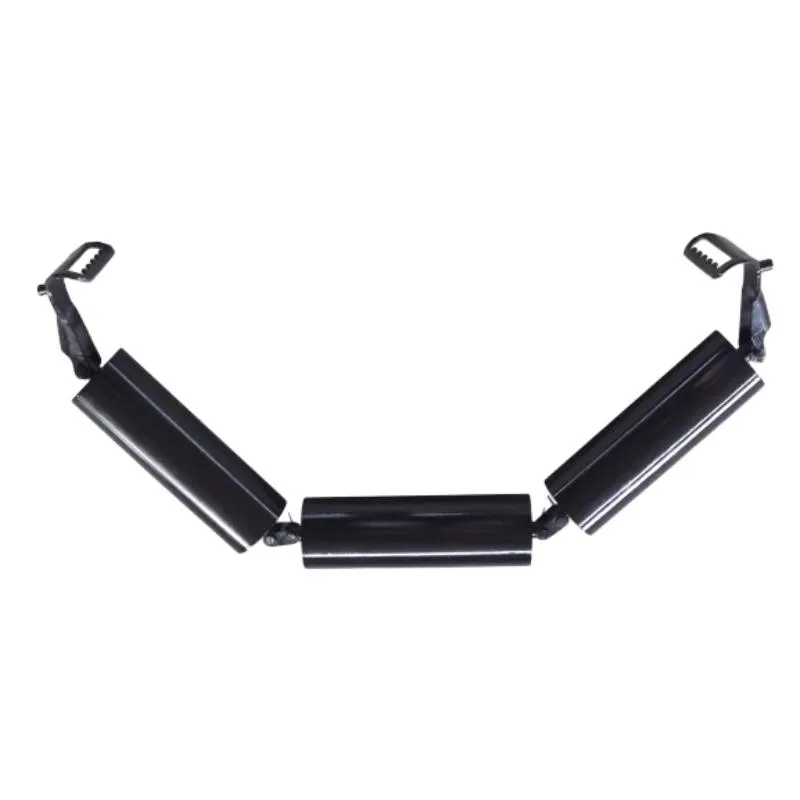 Afrikaans
Afrikaans  Albanian
Albanian  Amharic
Amharic  Arabic
Arabic  Armenian
Armenian  Azerbaijani
Azerbaijani  Basque
Basque  Belarusian
Belarusian  Bengali
Bengali  Bosnian
Bosnian  Bulgarian
Bulgarian  Catalan
Catalan  Cebuano
Cebuano  Corsican
Corsican  Croatian
Croatian  Czech
Czech  Danish
Danish  Dutch
Dutch  English
English  Esperanto
Esperanto  Estonian
Estonian  Finnish
Finnish  French
French  Frisian
Frisian  Galician
Galician  Georgian
Georgian  German
German  Greek
Greek  Gujarati
Gujarati  Haitian Creole
Haitian Creole  hausa
hausa  hawaiian
hawaiian  Hebrew
Hebrew  Hindi
Hindi  Miao
Miao  Hungarian
Hungarian  Icelandic
Icelandic  igbo
igbo  Indonesian
Indonesian  irish
irish  Italian
Italian  Japanese
Japanese  Javanese
Javanese  Kannada
Kannada  kazakh
kazakh  Khmer
Khmer  Rwandese
Rwandese  Korean
Korean  Kurdish
Kurdish  Kyrgyz
Kyrgyz  Lao
Lao  Latin
Latin  Latvian
Latvian  Lithuanian
Lithuanian  Luxembourgish
Luxembourgish  Macedonian
Macedonian  Malgashi
Malgashi  Malay
Malay  Malayalam
Malayalam  Maltese
Maltese  Maori
Maori  Marathi
Marathi  Mongolian
Mongolian  Myanmar
Myanmar  Nepali
Nepali  Norwegian
Norwegian  Norwegian
Norwegian  Occitan
Occitan  Pashto
Pashto  Persian
Persian  Polish
Polish  Portuguese
Portuguese  Punjabi
Punjabi  Romanian
Romanian  Russian
Russian  Samoan
Samoan  Scottish Gaelic
Scottish Gaelic  Serbian
Serbian  Sesotho
Sesotho  Shona
Shona  Sindhi
Sindhi  Sinhala
Sinhala  Slovak
Slovak  Slovenian
Slovenian  Somali
Somali  Spanish
Spanish  Sundanese
Sundanese  Swahili
Swahili  Swedish
Swedish  Tagalog
Tagalog  Tajik
Tajik  Tamil
Tamil  Tatar
Tatar  Telugu
Telugu  Thai
Thai  Turkish
Turkish  Turkmen
Turkmen  Ukrainian
Ukrainian  Urdu
Urdu  Uighur
Uighur  Uzbek
Uzbek  Vietnamese
Vietnamese  Welsh
Welsh  Bantu
Bantu  Yiddish
Yiddish  Yoruba
Yoruba  Zulu
Zulu pulley rubber
The Significance of Pulley Rubber in Mechanical Systems
Pulleys are critical components in many mechanical systems, serving as wheels that change the direction of force. While the metal or plastic parts of these systems are essential, the role of rubber cannot be underestimated. Pulley rubber provides numerous benefits that enhance the efficiency, durability, and overall performance of these systems. This article explores the significance of pulley rubber in various applications, its properties, and its advantages.
Understanding Pulley Rubber
Rubber is a versatile material made primarily from natural or synthetic polymers. When used in pulley systems, it often appears as a coating or as part of a composite structure. The use of rubber in pulleys can be attributed to its exceptional elasticity, flexibility, and resistance to wear and tear. These properties make it suitable for applications where friction is a concern, and where robust performance is essential.
Key Benefits of Pulley Rubber
1. Enhanced Grip One of the primary advantages of using rubber in pulleys is its ability to provide excellent grip. Rubber's high coefficient of friction allows the belt or the connecting cable to maintain a strong bond with the pulley surface. This prevents slippage, ensuring that power is transmitted efficiently from one component to another. In high-load applications like elevators or cranes, the grip provided by rubber can be indispensable for safety and reliability.
2. Vibration Absorption Mechanical systems often deal with vibrations that can lead to wear and tear over time. Rubber's inherent cushioning properties help absorb these vibrations, reducing the impact on the entire assembly. This not only extends the lifespan of the pulleys but also protects other components in the system from damage caused by oscillation.
3. Noise Reduction In many industrial applications, noise pollution is a significant concern. Rubber can significantly dampen the noise generated by pulleys in operation. By reducing sound transmission, rubber-coated pulleys offer a quieter working environment, which is especially valuable in settings such as offices or residential areas where noise restrictions are enforced.
pulley rubber

4. Resistance to Environmental Factors Rubber is resilient against various environmental factors, including moisture, heat, and chemicals. This makes rubber pulleys ideal for use in diverse conditions, from manufacturing plants to outdoor settings. Unlike metal or plastic, rubber can maintain its properties and performance even when exposed to harsh elements.
5. Cost-Effectiveness While the initial cost of rubber components may be higher than their metal counterparts, their longevity and reduced maintenance requirements can lead to overall cost savings. The durability of rubber helps to prevent frequent replacements, thus lowering the total cost of ownership for businesses.
Applications of Pulley Rubber
Pulley rubber is utilized in various industries, ranging from automotive to manufacturing. In the automotive sector, rubber pulleys are common in belt-driven systems, where they transfer power from engines to various accessories. In manufacturing and construction, rubber-lined pulleys are extensively used in conveyor systems, cranes, and hoists, where precision and reliability are paramount.
In the field of fitness, rubber-coated pulleys are found in exercise equipment, providing smooth operation and durability during rigorous workouts. Additionally, they are employed in home appliances like washing machines, where they help facilitate movement and loading cycles.
Conclusion
Pulley rubber plays a vital role in enhancing the performance and efficiency of various mechanical systems. Its unique properties, including grip, vibration absorption, and resistance to environmental challenges, make it an indispensable element in both industrial and domestic applications. As technology advances and industries continue to evolve, the importance of pulley rubber will only increase, driving innovation and improvement in mechanical design and functionality. By understanding and leveraging the benefits of rubber in pulley systems, engineers, manufacturers, and users can ensure optimal performance and longevity in their operations.
-
Revolutionizing Conveyor Reliability with Advanced Rubber Lagging PulleysNewsJul.22,2025
-
Powering Precision and Durability with Expert Manufacturers of Conveyor ComponentsNewsJul.22,2025
-
Optimizing Conveyor Systems with Advanced Conveyor AccessoriesNewsJul.22,2025
-
Maximize Conveyor Efficiency with Quality Conveyor Idler PulleysNewsJul.22,2025
-
Future-Proof Your Conveyor System with High-Performance Polyurethane RollerNewsJul.22,2025
-
Driving Efficiency Forward with Quality Idlers and RollersNewsJul.22,2025





























